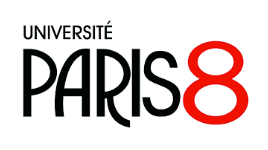12h00
Salle 255 et zoom
Tania Ionin (U. Illinois at Urbana-Champaign)
Acquisition of plural marking by L1 Mandarin L2 English learners
Abstract: Inflectional morphology is known to be a stumbling block for adult second language learners (L2ers) (Slabakova 2008). According to the Morphological Congruency Hypothesis (MCH, Jiang 2007), an incongruent morpheme (one which exists in the learners’ L2 but not in their first language, L1) presents a particular challenge: even if learners can succeed with an incongruent morpheme offline, they cannot automatically activate it in a time-pressured task. Unlike English, Mandarin plural marking is optional, and allowed only with [+human] nouns (Iljic 1994; Li 1999). Prior studies have provided conflicting evidence regarding whether L1-Mandarin L2-English learners are able to achieve target-like sensitivity to errors with English plural marking. For example, Jiang 2007 (online processing study) and Jiang et al. 2017 (online comprehension study) find a complete lack of sensitivity to English plural marking in this population. In contrast, Choi & Ionin (2021) do find sensitivity to English plural marking in both offline judgments and online processing. Reasons for such divergent findings could include differences both in participants' proficiency and in the cues to plurality (e.g., numerals vs. quantifiers vs. plural demonstratives vs. partitives) used in the tasks. In a currently ongoing project (conducted in collaboration with Amy Atiles, Sea Hee Choi, Chae Eun Lee and Mien-Jen Wu), we are taking a comprehensive look at how L1-Mandarin L2-English learners produce, comprehend, judge and process English plural marking, varying both the cues to plurality and the nature of the task. The results are expected to contribute to a better understanding of whether it is possible for learners to acquire an incongruent inflectional morpheme in their L2, and whether learners rely on the same cues to plurality as native speakers



